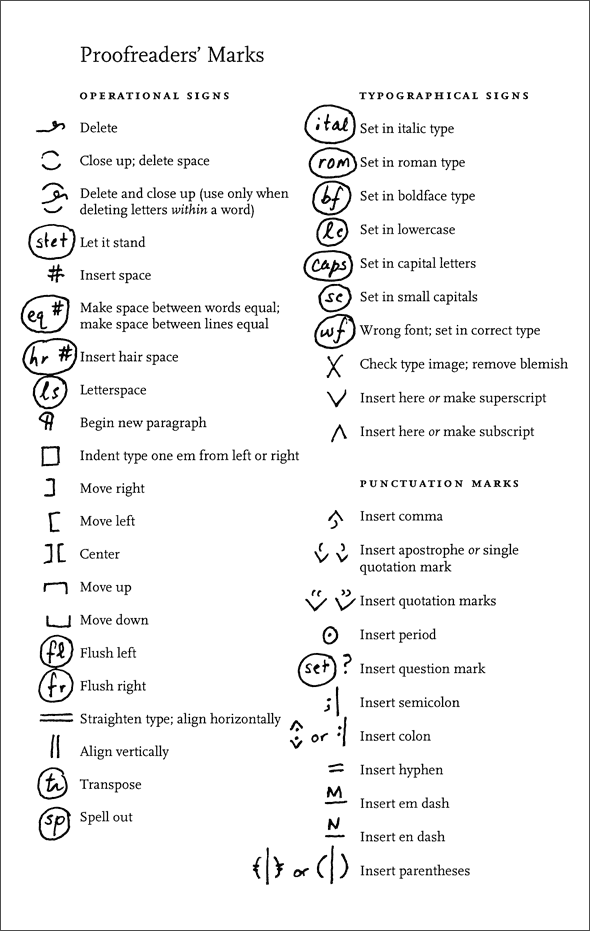Remember the old days when editors handwrote proofreading marks on paper manuscripts? This antiquated editing style still has its place in, say, classrooms. An English teacher can relay a lot of information with these marks… that is, if students understand what the marks mean.
Below is an excellent YouTube video that explains proofreader marks. Check it out!
Word Tracker Vs. Proofreading Marks
Today we work on Word documents with color-coded trackers. Some editors, like me, simply place comments in manuscripts or fix the issue immediately, knowing the author will see all colored changes and can accept or reject the edit. See the YouTube video below if you are new to the tracking system.
Manual Proofreader Marks are Almost Obsolete
Very, very seldom do I work from a printed manuscript. If I do, it’s to handwrite corrections. No, I don’t use proofreading marks because authors generally don’t understand them. However, if you are an author, editor, or proofreader and curious about this old-style proofreading method, you can buy the Chicago Manual of Style (CMOS) on Amazon. I highly recommend this resource, a big, thick manual full of “rules” and recommendations for best usage in novels and other works. I’ve blogged about it here.
Also visit CMOS to see the marks here, or refer to the image below with attribution to the Chicago Manual of Style, 17th Edition.
Need tips on other style guides? Check out my blog!
Editors are familiar with many writing style guides, some familiar and commonly used and some lesser known. Pinpointing what style guide to use is important before any project starts. Remember, too, that “house style” may be involved. This is the style used by, say, a magazine publisher or even an author who is subject-matter expert.
- A World of Style Guides
- Chicago Manual of Style Editor
- AMA Book Editor
- MLA Book Editor
- APA Book Editor
- Science Book Editor
- Geographical Editor
- Cryptocurrency Editor
- Bitcoin Editor
- Index Editor
- Footnote Editor
- Endnote Editor
- British English Editor
Please contact me at melaniesaxton@icloud.com for more information.

